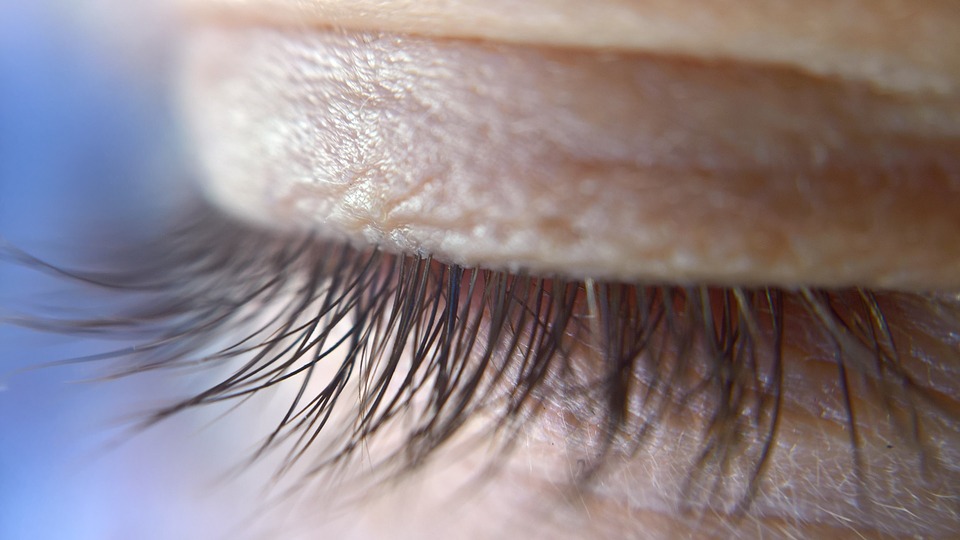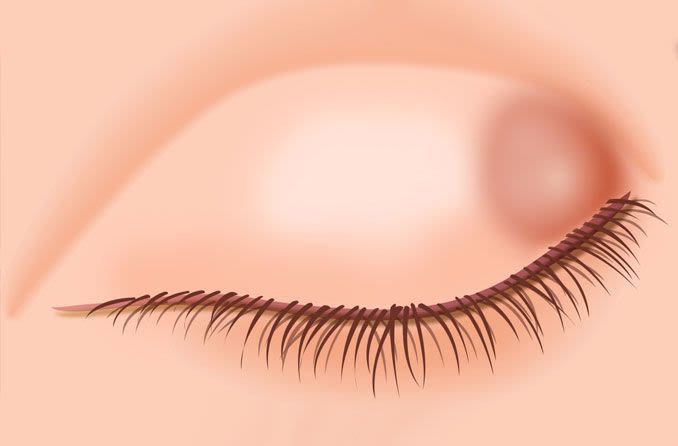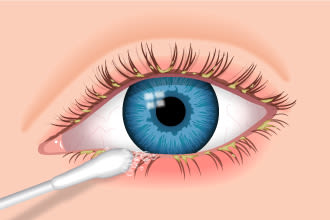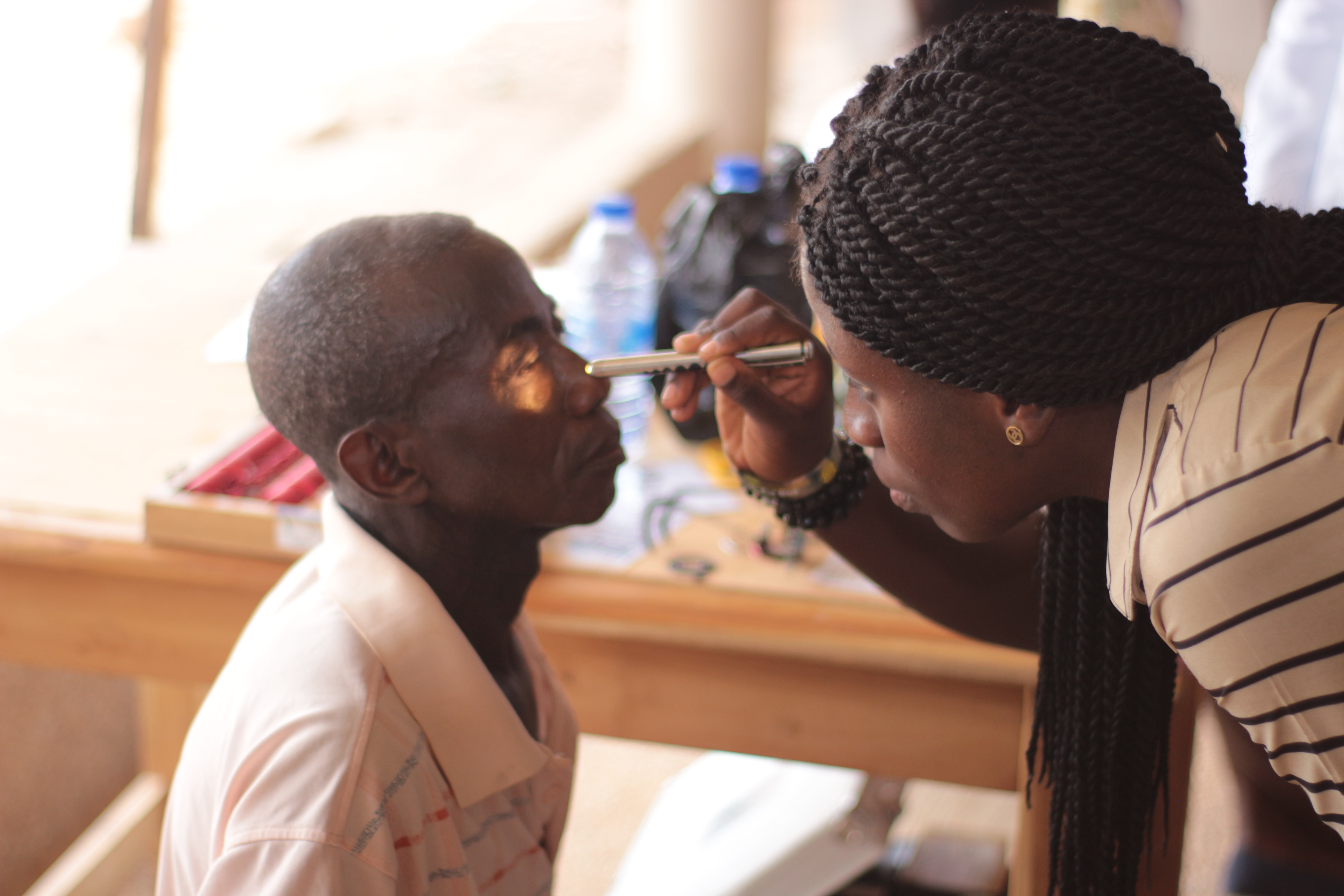Hello,
And welcome to my blog, today i would like us to take a quick look at our eyelids, some common conditions that affect the eyelid and how we could treat them.
Introduction
The eyelid is an adnexa for the eye, they two on each eye thus the upper and lower lids and has functions such as opening and closing of the eyes, aiding lubrication of the eye through the spread of tears across the eyes and protecting the eye from foreign objects and direct contact trauma.
Anomalies of the eyelid has lot of detrimental effect on ocular health and in some cases could lead to a reduction in vision or loss of sight.
The Anatomy
The eyelid has the anterior portion which is the part we see when the eyes are closed and the posterior portion which is hidden at the back. It also has series of layers about 7 of them which contains glands such as meibomian, moll and zeis which contribute to ocular tears.
Major innervations are from the cranial nerves 3 and 7 with 3 opening the eye by pulling the upper lid up and 7 closing the eye. The major muscles involved in its functions are the orbicularis oculi muscle surrounding the eye which squeezes the eye shut and the levator palpebrae superioris which pulls the lid apart. The inferior rectus muscle help retract the lower eye lid.
Pathologies
Ptosis is a common occurence with issues of the eyelid and it is mostly seen in cases of Horner's Syndrome and 3rd Nerve Palsy or Paresis. In third Nerve Palsy ptosis is observed along side exotropia due to the the medial rectus getting affecting. There is also papillary dilation which is not seen in Horner's syndrome. Ptosis with 3rd Nerve Palsy is also more pronouced.
Stye and Chalazion
Stye and chalazion are two of the most common conditions of the eyelid that it presented to the eye clinic day in day out. They are sometimes misdiagnosed for each other due to their similarities.
Whiles they are both swelling conditions of the eyelid, stye is mostly very painful upon touch because it is actually an inflammation. It may referred to as the boil of the eyelid and mostly involved abscess formation and staphylococcus infection. It may either be localized to a particular portion of lid or be generalized.
Chalazion is considered a cyst formation within the meibomiam gland. It is less painful if any exist in comparison to stye. It is hard to touch and generally larger compared to stye. Has a higher propensity to affect vision by inducing astigmatism. It is found within the lid itself whereas stye is mostly found at the margin of the lid. Chalazion may however develop into a stye upon infection.
Treatment involves the use of warm compress to liquefy oil accumulation within the lid and enhance blood flow. Antibiotic drops are given in the case of stye or infected chalazion, puss is drained if present and severe cases may involve surgery.
Blepharitis
Blepharitis is another common lid condition that is presented to the eye clinic. It is known to be caused by staphylococcus infection of the lid margin and it mostly seen patients with poor ocular hygiene and or poor general hygiene. It is a chronic condition and may continue to recur unless well treated.
Common sign seen are yellow crust around the base of eye lashes. May present with itching and photophobia which may further bring about tearing due to the irritation. Failure to treat may lead to other conditions such as trichiasis (eye lashes turning inward towards the eye) and poliosis (lashes greying).
Treatment involves the use of antibiotic drops in addition to improved general and ocular health. Use of mild disinfectants may be encouraged to clean the face.
Conclusion
Conditions of the eyelid are more than has been discussed in this writeup and hence any anomalies observed with the eyelid should be reported to the nearest eye care unit for immediate attention. Report all ocular cases to your eye care practitioner and always seek information from the right source.
Thanks for reading and have a great day, Special thanks to my mentors and supporters @mcsamm, @tj4real, @armandosodano, @delilhavores, @gentleshaid, @agmoore. For further reading;




Thanks for your contribution to the STEMsocial community. Feel free to join us on discord to get to know the rest of us!
Please consider supporting our funding proposal, approving our witness (@stem.witness) or delegating to the @stemsocial account (for some ROI).
Please consider using the STEMsocial app app and including @stemsocial as a beneficiary to get a stronger support.